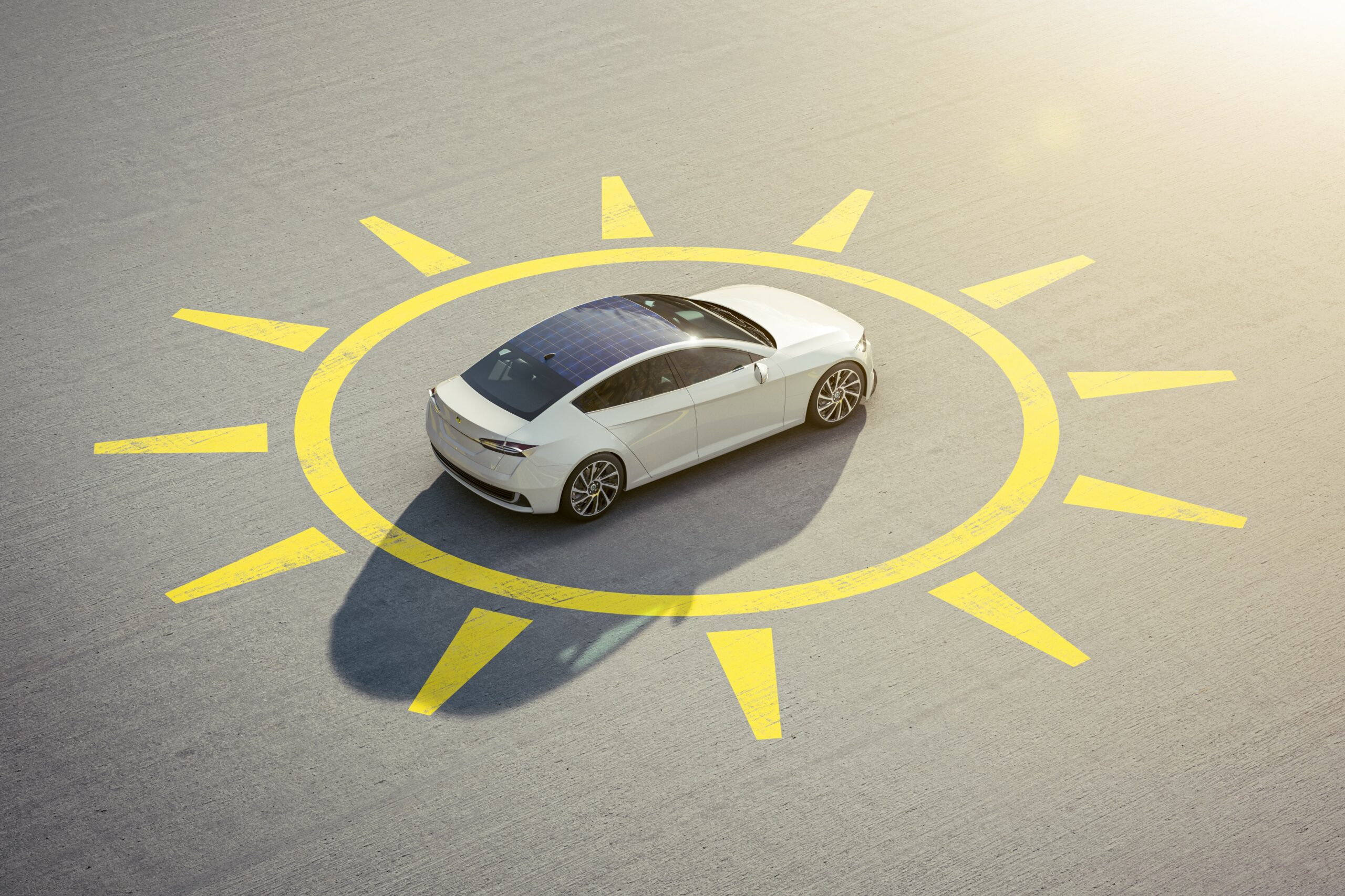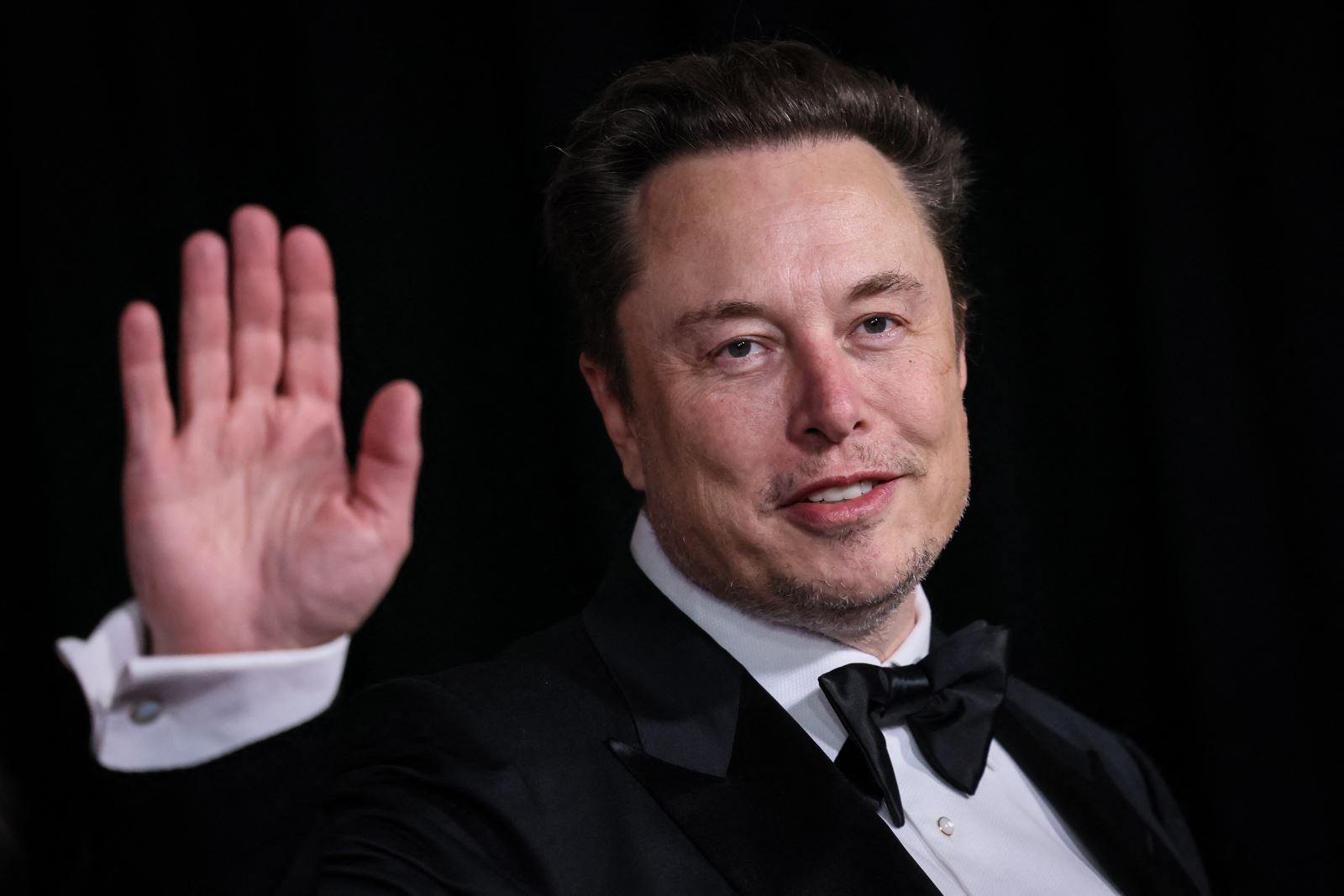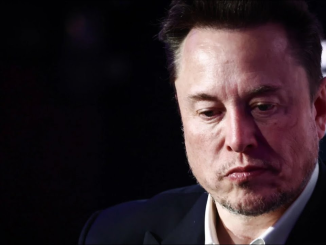
When Elon Musk announced Tesla’s next-generation vehicle, few expected it to be powered not just by the sun—but by the stars.
This week, in a joint statement from Tesla and SpaceX, Musk revealed what may be his most ambitious fusion of Earth-bound and space-based technologies yet: a solar-powered Tesla that navigates the roads autonomously, not with onboard AI alone, but through real-time guidance from SpaceX’s satellite network.
The project, code-named “SolDrive”, has already attracted a staggering $12.4 billion USD in development funding, and early prototypes are being tested in Nevada and Australia.
It’s a technological leap that has the industry holding its breath—and rivals scrambling to catch up.
Traditional self-driving cars rely heavily on internal sensors, pre-mapped data, and cloud-based learning systems to navigate streets. But according to Musk, these systems have limitations—particularly in rural or poorly-mapped areas, where data coverage can be sparse or outdated. Tesla’s new concept turns that model inside out.
Instead of depending solely on in-car computers or earthbound servers, the new solar-powered Tesla will receive real-time navigational input directly from Starlink satellites, the same low-Earth orbit network that SpaceX has been building since 2019. These satellites will provide environmental awareness, traffic pattern monitoring, and even adaptive routing based on real-time road and weather conditions, all processed in space and beamed back down to the car.

“The car doesn’t just see the road—it sees the world,” Musk said during the reveal event, speaking via livestream from a SpaceX facility. “It’s guided not just by what’s in front of it, but by what’s above it.”
This reimagining of the autonomous vehicle flips the entire logic of driving AI. It moves cognition and command off the planet, making the car not just a machine, but a node in an orbital intelligence system.
Beyond the space-based guidance, the other defining feature of the new Tesla is its complete reliance on solar energy. While solar panels have appeared on vehicles before, they’ve been largely symbolic—used for minor charging or powering internal electronics.
Tesla’s solar vehicle, however, will feature an entirely integrated solar skin, capable of generating enough power for standard daily driving, even under moderate sunlight. The car’s roof, hood, and body will be embedded with ultra-thin, flexible photovoltaic cells developed in collaboration with SolarCity, another Musk-associated company.
During daylight, the car charges while driving or parked. At night, it draws from a compact solid-state battery system that stores excess energy from the day, reportedly providing a range of up to 700 kilometers under normal conditions. Musk emphasized the car’s independence from charging stations, calling it “a power station on wheels.”
It’s a move aimed not only at eco-conscious consumers but also at remote markets and developing regions, where traditional charging infrastructure is still limited. The long-term vision is bold: a global fleet of Teslas that can drive, charge, and update themselves—anywhere on Earth.

A project of this magnitude doesn’t come cheap. The $12.4 billion already allocated is being spent across multiple fronts: satellite communication enhancements, solar body development, AI-routing algorithms for satellite-to-ground mobility, and mass production capabilities for the new solar-integrated chassis.
A significant portion—approximately $4.7 billion—is earmarked for a new manufacturing facility in Texas, specifically designed to produce these solar vehicles. Another $3.2 billion is being invested in upgrading the Starlink network with faster data relay capabilities and a dedicated vehicular communication band.
The remaining funds are being poured into research, testing, and international compliance certifications, as the car’s routing system challenges traditional automotive regulations in multiple countries.
Industry analysts have called it a “hyper-convergent moonshot,” one that only Musk would attempt—and possibly pull off.
As exciting as the concept is, it’s not without criticism or technical hurdles.
Skeptics point to weather variability as a fundamental obstacle. Solar power may be viable in sunny regions like California or the Australian outback, but in northern Europe or rainy tropical areas, solar efficiency can drop significantly. Tesla has acknowledged this and claims the battery system is capable of sustaining the car through multiple days of low light, but independent validation is still pending.
:max_bytes(150000):strip_icc():focal(990x172:992x174)/elon-musk-net-worth-main-031325-86b0a873bc464d9c97eae3f25a468cce.jpg)
There are also security concerns about satellite-guided navigation. What happens if a signal is jammed, spoofed, or lost? Could a car lose control mid-journey? Tesla engineers have responded by building in a local fallback AI that takes over in the event of signal loss, but critics argue that overreliance on space-based input introduces a new layer of vulnerability.
Furthermore, some regulators worry that Musk’s dual control of both the cars and the satellites creates a monopoly on autonomous mobility infrastructure, which could one day be used to influence global transport markets.
Whether SolDrive turns into a historic success or a spectacular failure, no one doubts the scale of the vision.
By merging Tesla’s EV expertise with SpaceX’s orbital capabilities, Musk is effectively trying to vertically integrate the entire driving experience—from energy source to data guidance to AI decision-making. It’s an approach reminiscent of Apple’s strategy in tech, where controlling both hardware and software led to revolutionary user experiences.
Musk seems to believe the same can be done for transport—especially in the age of climate urgency and infrastructure limitations.
Financial markets have responded with cautious optimism. Tesla shares jumped 8% following the announcement, while analysts remain split. Some call it a necessary step toward a sustainable, borderless mobility model. Others view it as an overengineered experiment with limited real-world viability.

Yet for Musk, this is precisely the point. As he put it during a post-announcement Q&A, “If we’re going to put people on Mars, we can certainly build a car that doesn’t need gas or roads. It just needs sunlight and a good signal.”
If SolDrive works—even partially—it could redefine transportation norms. No more fuel stops. No more chargers. No more GPS dependency. Just solar power, global internet, and a network of intelligent satellites guiding your journey.
It may sound like science fiction. But so did reusable rockets, mass-market electric vehicles, and brain-computer interfaces—until Musk made them real.
With $12.4 billion on the line, the world is watching the skies—and the roads—very closely.


